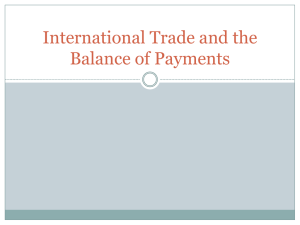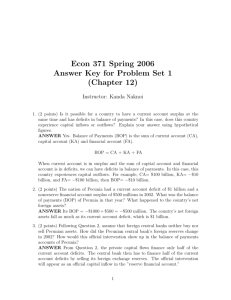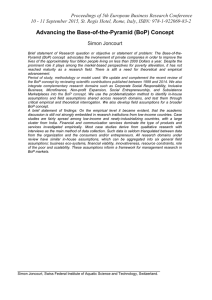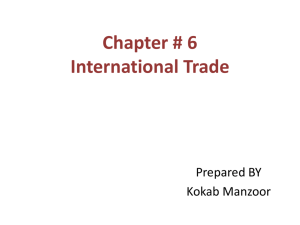Balance of Payments: Definition, Formula, and Importance
advertisement
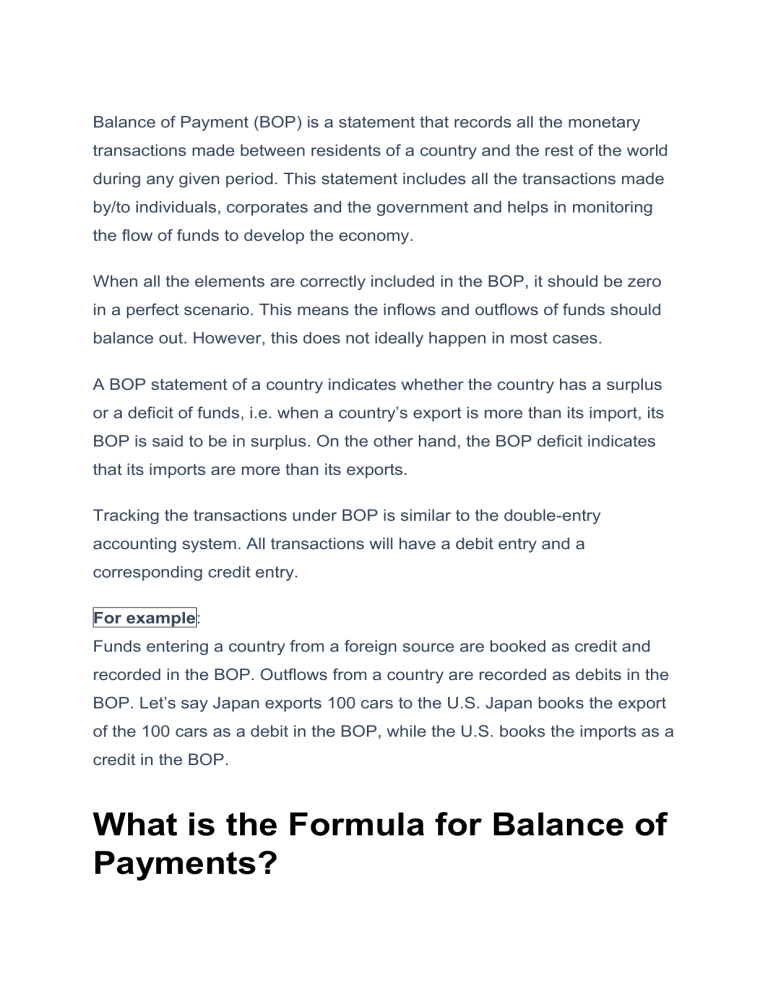
Balance of Payment (BOP) is a statement that records all the monetary transactions made between residents of a country and the rest of the world during any given period. This statement includes all the transactions made by/to individuals, corporates and the government and helps in monitoring the flow of funds to develop the economy. When all the elements are correctly included in the BOP, it should be zero in a perfect scenario. This means the inflows and outflows of funds should balance out. However, this does not ideally happen in most cases. A BOP statement of a country indicates whether the country has a surplus or a deficit of funds, i.e. when a country’s export is more than its import, its BOP is said to be in surplus. On the other hand, the BOP deficit indicates that its imports are more than its exports. Tracking the transactions under BOP is similar to the double-entry accounting system. All transactions will have a debit entry and a corresponding credit entry. For example: Funds entering a country from a foreign source are booked as credit and recorded in the BOP. Outflows from a country are recorded as debits in the BOP. Let’s say Japan exports 100 cars to the U.S. Japan books the export of the 100 cars as a debit in the BOP, while the U.S. books the imports as a credit in the BOP. What is the Formula for Balance of Payments? The formula for calculating the balance of payments is current account + capital account + financial account + balancing item = 0. Why is the Balance of Payment (BOP) vital for a country? A country’s BOP is vital for the following reasons: The BOP of a country reveals its financial and economic status. A BOP statement can be used to determine whether the country’s currency value is appreciating or depreciating. The BOP statement helps the government to decide on fiscal and trade policies. It provides important information to analyse and understand the economic dealings with other countries. By studying its BOP statement and its components closely, one would be able to identify trends that may be beneficial or harmful to the county’s economy and, thus, then take appropriate measures. Elements of a Balance of Payment There are three components of the balance of payment viz current account, capital account, and financial account. The total of the current account must balance with the total of capital and financial accounts in ideal situations. Current Account The current account monitors the inflow and outflow of goods and services between countries. This account covers all the receipts and payments made with respect to raw materials and manufactured goods. It also includes receipts from engineering, tourism, transportation, business services, stocks, and royalties from patents and copyrights. When all the goods and services are combined, they make up a country’s Balance Of Trade (BOT). There are various categories of trade and transfers which happen across countries. It could be visible or invisible trading, unilateral transfers or other payments/receipts. Trading in goods between countries is referred to as visible items, and import/export of services (banking, information technology etc.) are referred to as invisible items. Unilateral transfers refer to money sent as gifts or donations to residents of foreign countries. This can also be personal transfers like – money sent by relatives to their family located in another country. Capital Account All capital transactions between the countries are monitored through the capital account. Capital transactions include purchasing and selling assets (non-financial) like land and properties. The capital account also includes the flow of taxes, purchase and sale of fixed assets etc., by migrants moving out/into a different country. The deficit or surplus in the current account is managed through the finance from the capital account and vice versa. There are three major elements of a capital account: Loans and borrowings – It includes all types of loans from the private and public sectors located in foreign countries. Investments – These are funds invested in corporate stocks by nonresidents. Foreign exchange reserves – Foreign exchange reserves held by the country’s central bank to monitor and control the exchange rate do impact the capital account. Financial Account The flow of funds from and to foreign countries through various investments in real estate, business ventures, foreign direct investments etc., is monitored through the financial account. This account measures the changes in the foreign ownership of domestic assets and domestic ownership of foreign assets. Analysing these changes can be understood if the country is selling or acquiring more assets (like gold, stocks, equity, etc.). Illustration If, for the year 2018, the value of exported goods from India is Rs. 80 lakh and the value of imported items to India is 100 lakh, then India has a trade deficit of Rs. 20 lakh for the year 2018. The BOP statement acts as an economic indicator to identify the trade deficit or surplus situation. Analysing and understanding the BOP of a country goes beyond just deducting the outflows of funds from inflows. As mentioned above, there are various components of BOP and fluctuations in these accounts, which provide a clear indication of which economic sector needs to be developed. Frequently Asked Questions What is the importance of the Balance of Payments in India? The importance of the balance of payment in India can be determined from the following points: It monitors the transaction of all the imports and exports of services and goods for a given period. It helps the government analyse a particular industry’s export growth potential and formulate policies to sustain it. It gives the government a comprehensive perspective on a different range of import and export tariffs. The government then increases and decreases the tax to discourage imports and encourage export, individually, and self-sufficiency. What is the difference between the balance of trade and payments? Balance of trade is the difference between exports and imports of goods. Only the visible items are considered in the balance of trade. The exchange of services between countries is not considered. The current account of the balance of payment comprises exports and imports of goods, services and unilateral transfers like remittances, gifts, donations, etc. The net value of all these constitutes the balance of the current account. Thus, the balance of trade is a part of the current account of the balance of payments. What are the sources of supply of foreign exchange? The sources of supply of foreign exchange are: Purchase of goods and services by foreigners Foreign Direct Investment (FDI) into our country Inflow by the NRIs settled in foreign countries Speculative purchase of home currency by foreigners What is the meaning of a deficit in the balance of payments? When autonomous foreign exchange payments exceed autonomous foreign exchange receipts, the balance of payments deficit is the difference. Autonomous transactions in foreign exchanges are those transactions that are independent of the state’s balance of payments and are undertaken for an individual’s own sake. What are official reserve transactions and their importance in the balance of payments? Official reserve transactions mean running down the country’s foreign exchange reserves in case of a deficit in the balance of payments by selling foreign currency in the foreign exchange market. In surplus, the country can buy foreign exchange and increase its official reserves. A country is said to be having its balance of payment in equilibrium when the sum of its current account and non-reserve capital account equals zero, which means the current account deficit is financed entirely by international borrowings without any movement in the country’s official reserves.

